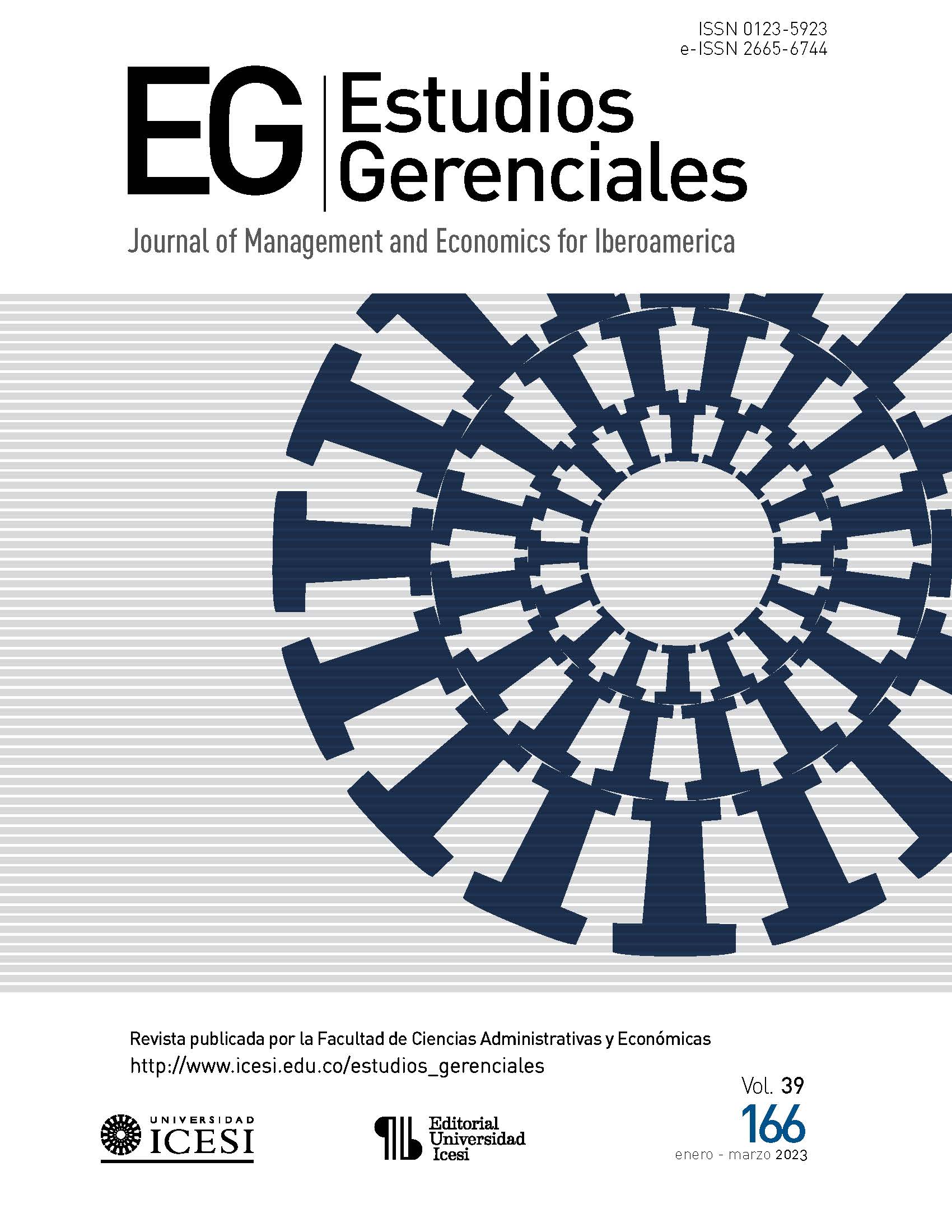apital structure adjustment in Latin American firms: An empirical test based on the Error Correction Model
DOI:
https://doi.org/10.18046/j.estger.2023.166.5432Keywords:
pecking order, trade-off, capital structure, adjustment, leverageAbstract
The objective of this article is to analyze the capital structure adjustment of Latin American firms through the pecking order and trade-off theories using a sample of 975 non-financial firms for the period 2000-2017. The results support the existence of a target capital structure. Adjustment speeds ranged between 48.9% and 74.3% and generate a rapid convergence of leverage towards its target level. Financial deficits explained less than half of the changes in debt, which contradicts the pecking order theory. The results of the error correction model indicated that companies dynamically deviate from their long-term capital structure. The convergence speeds in the partial adjustment model increased up to 69.5% and 91.7% with the error correction method. These results are relevant for firms and investors.
Downloads
Downloads
Published
Issue
Section
License
Articles are the sole responsibility of their authors, and will not compromise Icesi’s University principles or policies nor those of the Editorial Board of the journal Estudios Gerenciales. Authors authorize and accept the transfer of all rights to the journal, both for its print and electronic publication. After an article is published, it may be reproduced without previous permission of the author or the journal but the author(s), year, title, volume, number and range of pages of the publication must be mentioned. In addition, Estudios Gerenciales must be mentioned as the source (please, refrain from using Revista Estudios Gerenciales).








